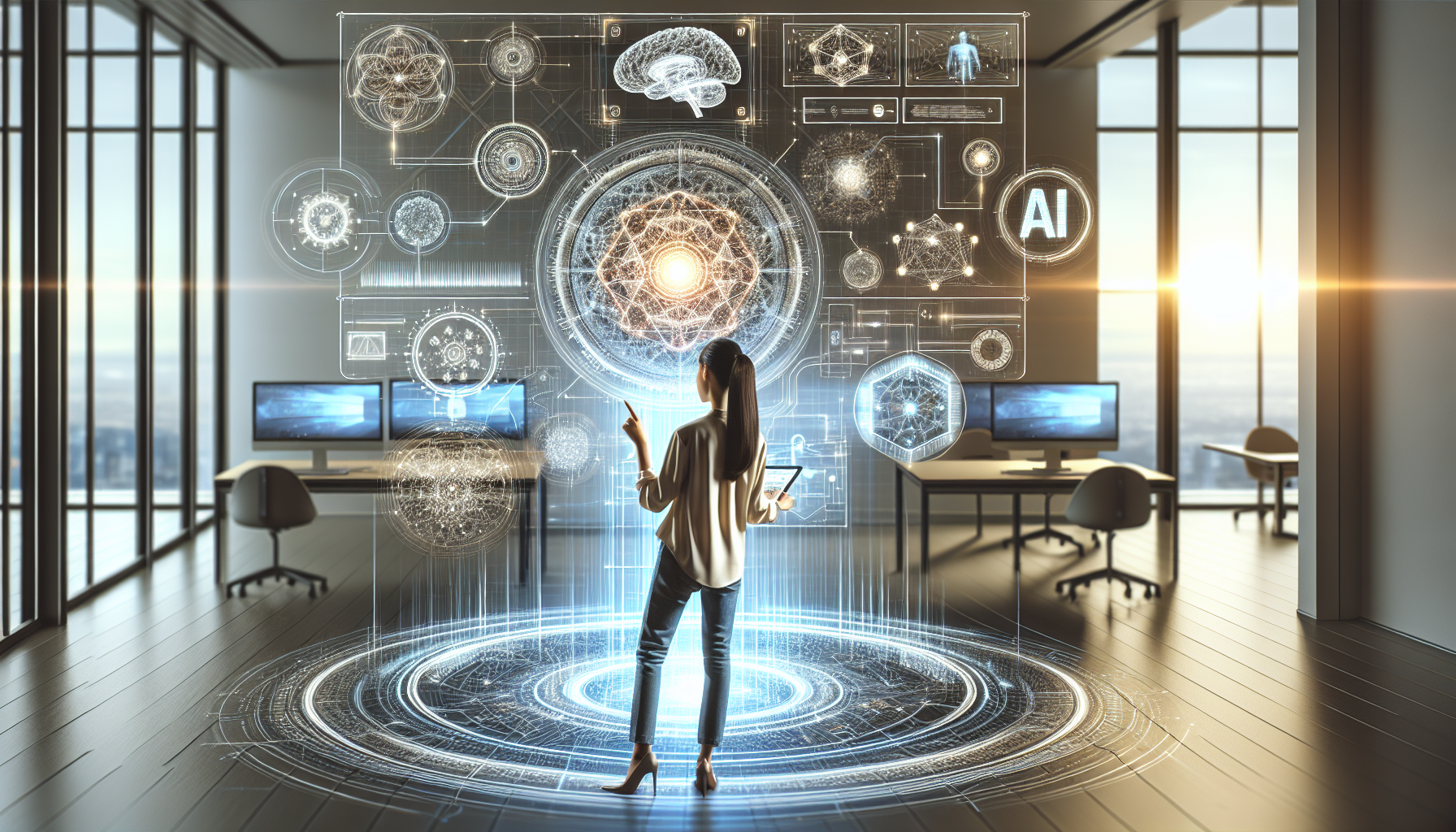
The Integration of Artificial Intelligence and IoT: A Comprehensive How-to Guide
March 21, 2025
Artificial Intelligence (AI) and the Internet of Things (IoT) are two transformative technologies that, when combined, offer unprecedented possibilities across numerous industries. This integration presents a significant opportunity for businesses to elevate their operational efficiency, innovate products and services, and enhance user experiences. However, harnessing the full potential of AI and IoT requires a strategic approach. This guide aims to provide clear, actionable insights into effectively merging these technologies.
Understanding the Synergy of AI and IoT
The convergence of AI and IoT forms a symbiotic relationship where IoT devices generate vast amounts of data, and AI processes and analyzes this data to deliver insightful outcomes. IoT devices, ranging from household appliances to industrial machinery, are embedded with sensors that collect real-time data. AI algorithms can then interpret this data to predict trends, automate processes, and enhance decision-making.
For instance, in a smart factory setting, IoT sensors can monitor equipment performance and feed this data into AI systems. The AI can predict when a machine is likely to fail, enabling preemptive maintenance and reducing downtime. This combination not only improves efficiency but also cuts costs and enhances productivity.
Steps to Effectively Integrate AI and IoT
1. Identify Objectives and Use Cases
The first step in integrating AI and IoT is to clearly define your objectives and identify potential use cases. Consider the specific problems you aim to solve or the enhancements you wish to achieve. Whether it is optimizing energy usage, improving customer service, or automating logistics, having well-defined goals will guide the implementation process.
2. Select the Right IoT Devices
Choosing the appropriate IoT devices is crucial for gathering relevant data. Devices should be reliable, secure, and compatible with the AI systems you plan to deploy. Consider devices that offer scalability, as your data requirements may expand over time. Ensure that the devices have the necessary sensors to capture the data points critical to your objectives.
3. Leverage Cloud Solutions for Data Management
The integration of AI and IoT generates substantial volumes of data, necessitating robust data management solutions. Cloud platforms offer scalable storage and processing capabilities that can handle this influx of information. Additionally, cloud solutions provide a centralized platform for data integration, making it easier to apply AI algorithms and extract actionable insights.
4. Implement AI Algorithms
The choice of AI algorithms depends on the nature of the data and the objectives you seek to achieve. Machine learning models, such as neural networks or decision trees, are commonly used to analyze IoT data. These models can identify patterns, make predictions, and automate responses. It is essential to continually refine and train these algorithms with new data to maintain accuracy and relevance.
5. Ensure Security and Privacy
With the integration of AI and IoT, security and privacy become paramount. IoT devices are often vulnerable to cyber-attacks, and the data they collect can be sensitive. Implement multi-layered security protocols to protect data both in transit and at rest. Employ encryption, authentication, and regular security audits to safeguard against breaches. Additionally, ensure compliance with relevant data protection regulations to maintain user trust and avoid legal repercussions.
6. Monitor and Optimize Performance
After deploying AI and IoT solutions, continuous monitoring is essential to ensure optimal performance. Utilize analytics tools to track system efficiency, data accuracy, and user satisfaction. Collect feedback and make data-driven adjustments to improve system functionality. Regularly update software and hardware components to keep pace with technological advancements and evolving business needs.
Exploring New Frontiers
The integration of AI and IoT is still in its nascent stages, with immense potential for innovation and growth. As these technologies continue to evolve, they open new avenues for exploration. Consider the implications of AI-driven IoT in emerging fields such as smart cities, healthcare, and autonomous vehicles. How will these integrations shape the future of technology and society? What ethical considerations will arise in the realm of data usage and automation?
By addressing these questions, businesses and innovators can navigate the complexities of AI and IoT integration, paving the way for a more connected, intelligent world. The journey of merging AI and IoT is not just about adopting technology; it is about reimagining possibilities and pushing the boundaries of what is achievable.


